user 35682
ArboristSite Lurker
- Joined
- Mar 29, 2009
- Messages
- 7
- Reaction score
- 0
+1. Take a solid block of wood 2" x 8" x 8" (128 cubic inches), cut from the end of an 8 x 8. Split it into about 100 pieces with a hammer and chisel. Now stack the pieces into one row at tight as you can. Compare that stack to the block that you started with.
'nuff said. :bang:
You guys are all over the place. Wood Doctor, that's a different argument from the one at hand. It's not about how much space is between the logs, it's about which format would fit into the back of his truck better.
Here's an easy test everyone can do:
1) Go to Dunkin Donuts if you're in New England, Starbucks everywhere else.
2) Buy a 1lb bag of coffee beans.
3) Note height of beans in bag.
4) Grind beans.
5) Add grinds back to the original back.
6) Note height.
If anyone has grounds that stack higher than the beans then I'd love in invest in your coffee company.
If you don't feel like doing the test here's an even easier way. Go to Starbucks and compare the size of a 12oz bag of grounds vs. 12oz bag of beans. I have one of each in my freezer and will save you the time; the latter is taller.
Mr4wd,
all that said, if your back can handle it (mine wouldn't) I'd probably still drive the wood out whole to avoid a) dragging the splitter 25+ miles each way, and b) I usually find it faster to move trunks than split wood.





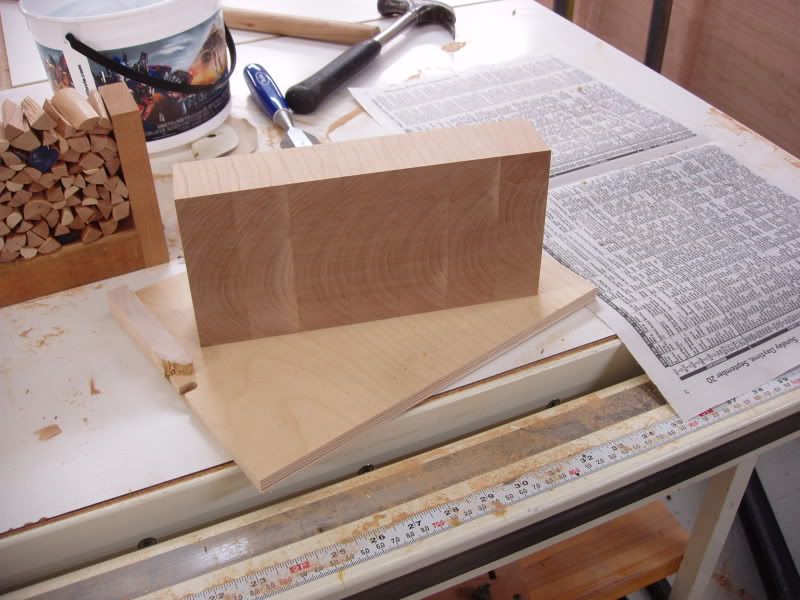
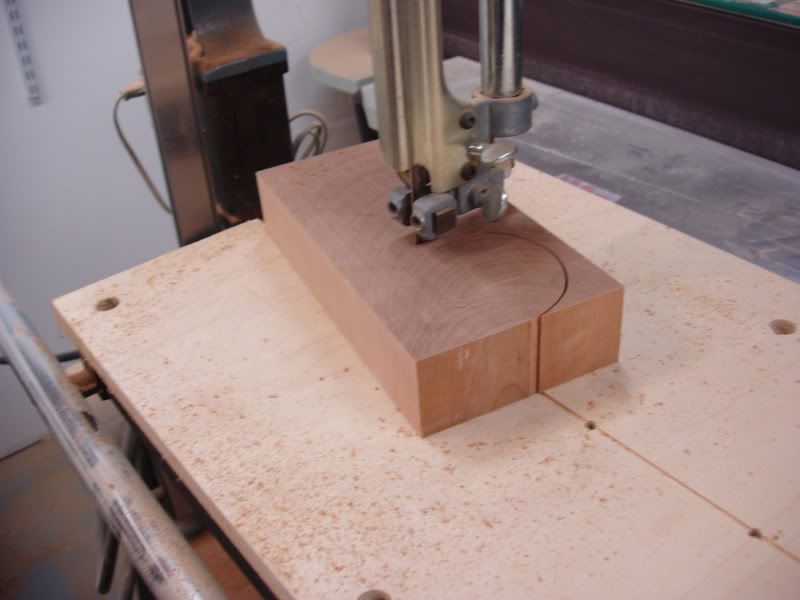
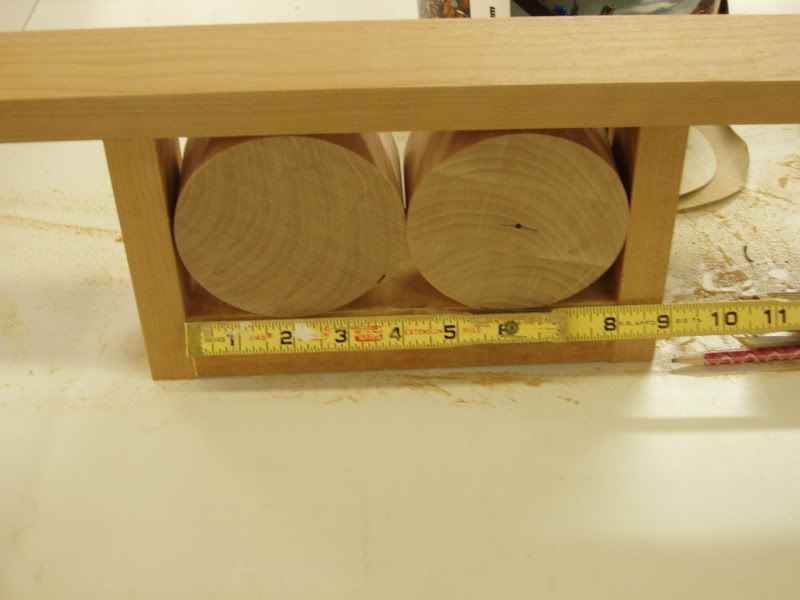
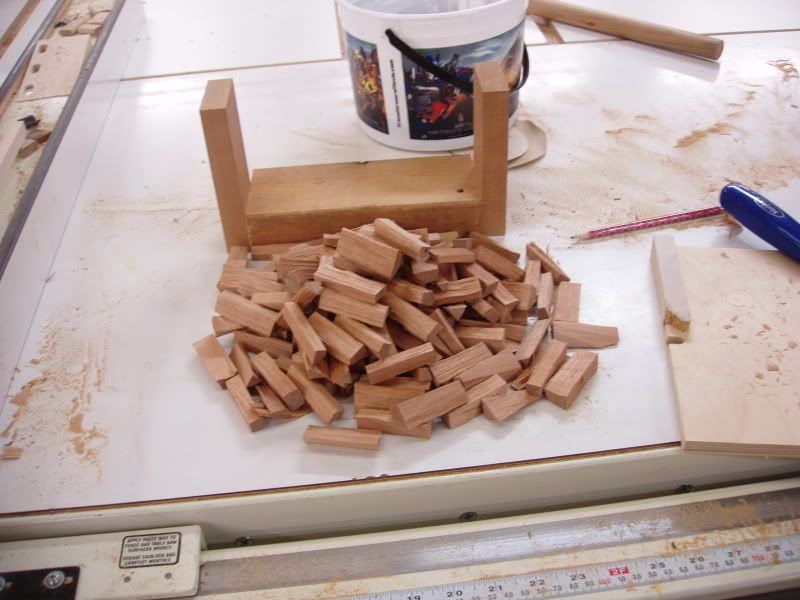
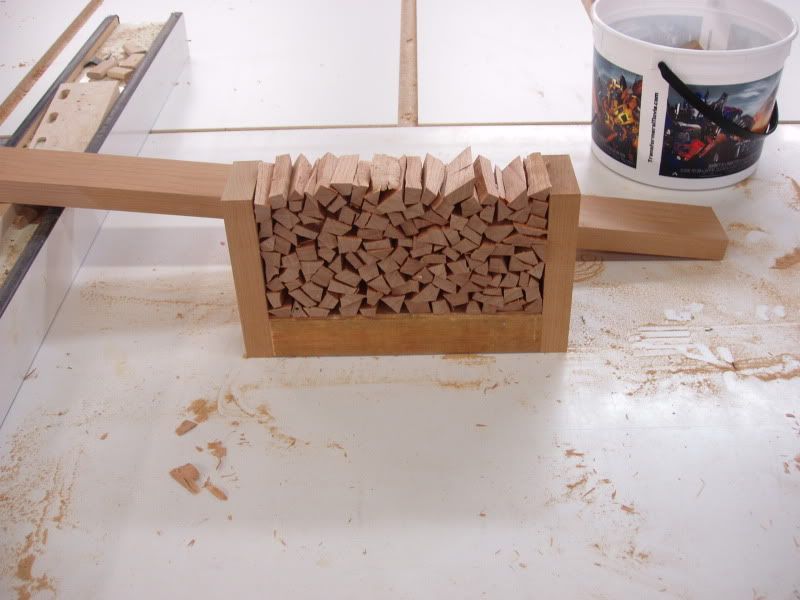




 The debate's like an annual fall ritual - like taking the kids apple picking, the geese flying south, or the in-laws and my folks trading choice words over Thanksgiving turkey.
The debate's like an annual fall ritual - like taking the kids apple picking, the geese flying south, or the in-laws and my folks trading choice words over Thanksgiving turkey.